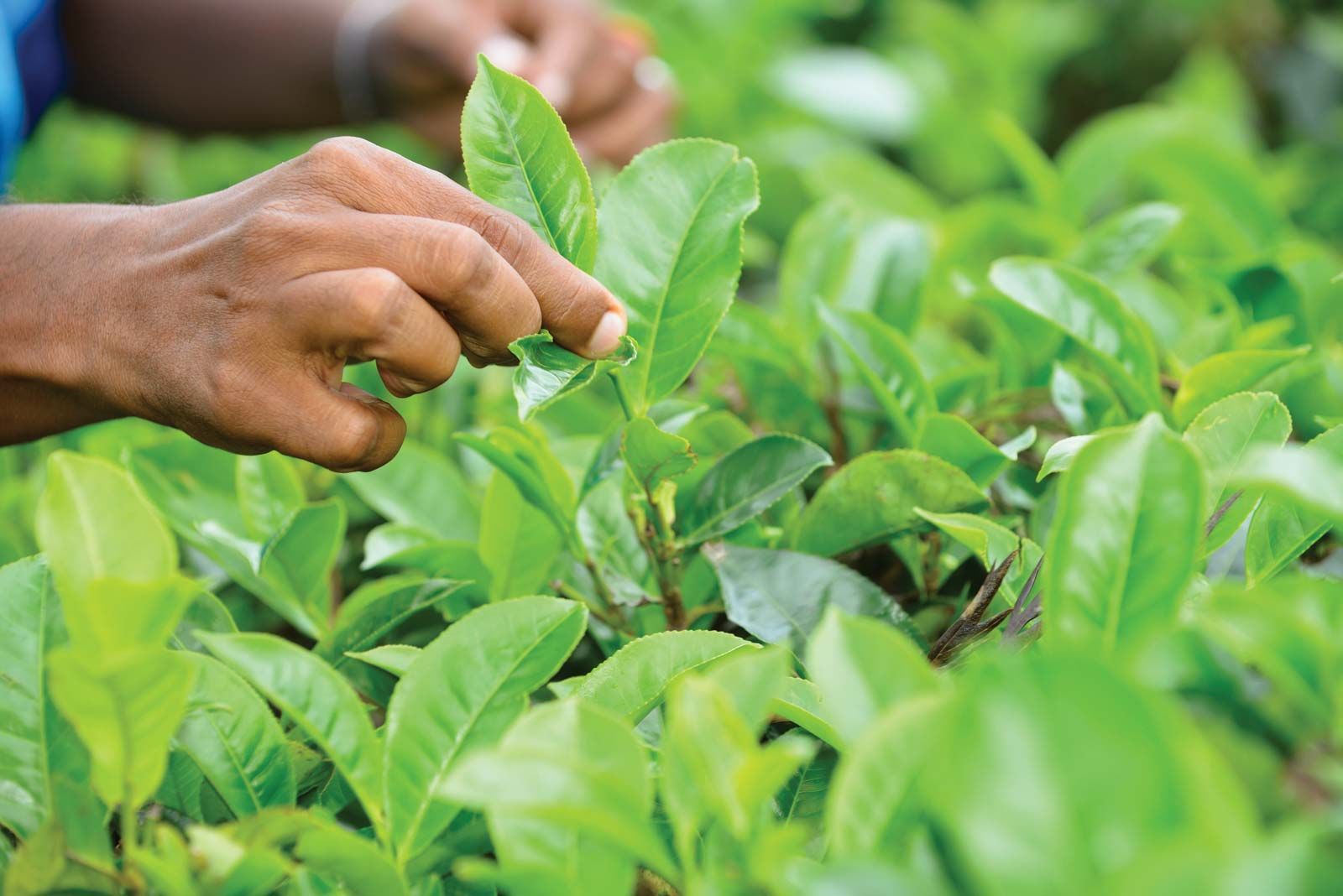
India has overtaken Sri Lanka to become the world’s second-largest tea exporter, according to newly released data from the Tea Board of India — a significant blow to one of Sri Lanka’s most important industries.
In 2024, India exported 254 million kilograms of tea, surpassing Sri Lanka by 24 million kilograms. Kenya retained its position as the top global exporter, shipping more than 500 million kilograms of tea. India’s total tea exports, valued at ₹7,112 crore, marked its second-highest export volume on record, just behind its 2018 peak of 256 million kilograms.
The development reflects growing strength in India’s tea industry and renewed ambition within its export sector, while simultaneously highlighting Sri Lanka’s ongoing economic decline and institutional neglect of key industries.
Last year, India and Sri Lanka had been nearly level in terms of tea exports, each shipping around 231 million kilograms. The latest figures, however, confirm India’s growing dominance in the global tea market — a result largely driven by strategic government support and targeted investments, particularly in the orthodox tea segment.
“With the Centre's favourable export policies and support from state governments, the industry hopes to expand its export portfolio in the years ahead,” said Prabir Kumar Bhattacharjee, Secretary General of the Tea Association of India.
India produces approximately 1,400 million kilograms of tea annually and has set its sights on reaching 300 million kilograms in exports by 2030.
In contrast, Sri Lanka’s tea sector — once a jewel in the crown of the island’s economy — has suffered from decades of mismanagement, lack of investment, and systemic undernourishment of its core infrastructure.
While some replanting efforts are underway — with 250 hectares reportedly newly cultivated — industry experts say such measures are too little, too late to halt Sri Lanka’s export slide without comprehensive reform and renewed state investment.
The island’s declining tea exports are symptomatic of broader structural failures in Sri Lanka’s economy, which continues to reel from record inflation, debt defaults, and IMF-imposed austerity.

